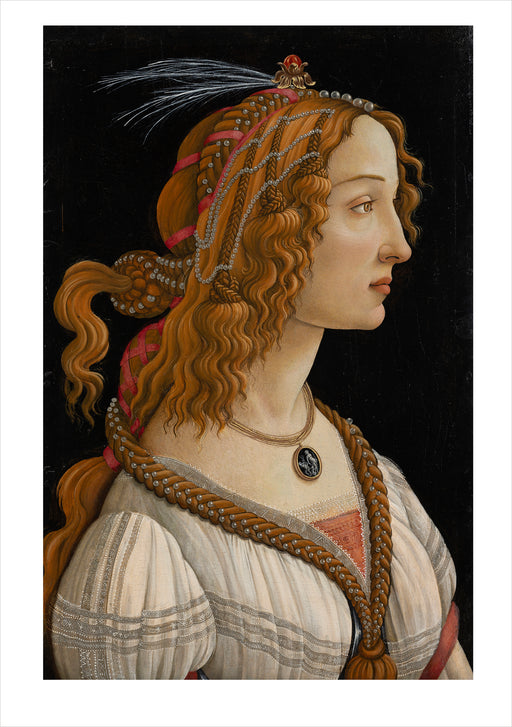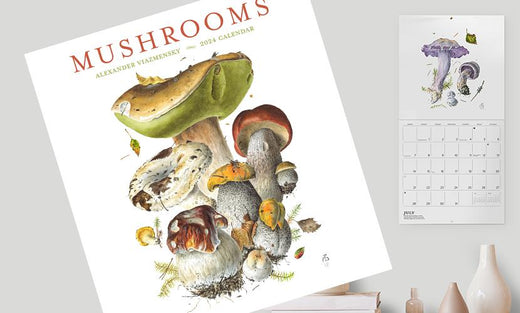Botticelli: Renaissance Visionary
Sandro Botticelli (c. 1445-1510) remains one of the most emblematic figures of the Italian Renaissance. Known for his graceful depictions of mythological scenes and religious subjects, Botticelli's work stands as a testament to the convergence of classical ideals and the innovative spirit of the Renaissance.
Born Alessandro di Mariano di Vanni Filipepi in Florence, he earned the nickname "Botticelli" which means "little barrel," possibly a moniker derived from his brother or another family member. He apprenticed under Fra Filippo Lippi, a leading painter of the time, where he learned to merge the technical precision of the Florentine tradition with the compositional flair characteristic of the emerging Renaissance style.
Botticelli's reputation grew rapidly, and by the 1470s, he was one of the most sought-after artists in Florence. His connection to the Medici family, the preeminent patrons of arts in the city, played a significant role in his ascent. They commissioned numerous works, facilitating Botticelli's engagement with humanist thinkers and classical texts.
Arguably his most famous painting, "The Birth of Venus" depicts the goddess Venus emerging from the sea. The delicate beauty of Venus and the flowing lines of the composition demonstrate Botticelli's mastery in capturing ethereal beauty. This painting epitomizes the Renaissance fascination with classical mythology and the human form.
"Primavera," another mythological tableau, is laden with allegory and symbolism. The intricate interplay of figures and nature showcases Botticelli's meticulous attention to detail and his ability to create harmonious compositions.
Botticelli stood at the crossroads of Medieval traditions and Renaissance innovations. His art captures the transition from the rigid religious iconography of the past to a more human-centered and dynamic representation of both sacred and secular subjects. Unlike some of his contemporaries who began experimenting with chiaroscuro (light and shadow) to lend depth to their work, Botticelli maintained an emphasis on line. This gave his figures a distinctive, almost linear elegance, which became a defining feature of his style.
While Botticelli's style fell out of favor towards the end of his life and the decades that followed, the 19th-century Pre-Raphaelites found inspiration in his work, leading to a resurgence of interest in his art. Today, he's celebrated as a foundational figure in art history.
Towards the end of the 15th century, the Dominican friar Savonarola gained influence in Florence with his puritanical vision of Christianity. During this period, Botticelli, like many other Florentines, was deeply affected by Savonarola's teachings. This shift is evident in his later works, which take on a more somber and religious tone. Some art historians even speculate that Botticelli may have contributed some of his own paintings to Savonarola's infamous "Bonfire of the Vanities" in 1497, where numerous artworks, books, and secular items were burned in a public square.
Botticelli's legacy in art history is profound. His works encapsulate the intellectual vigor and artistic dynamism of the Renaissance. By weaving classical ideals into his distinctly Florentine style, Botticelli created masterpieces that continue to captivate audiences and influence artists centuries after his time.
